What Is Sclerotherapy?
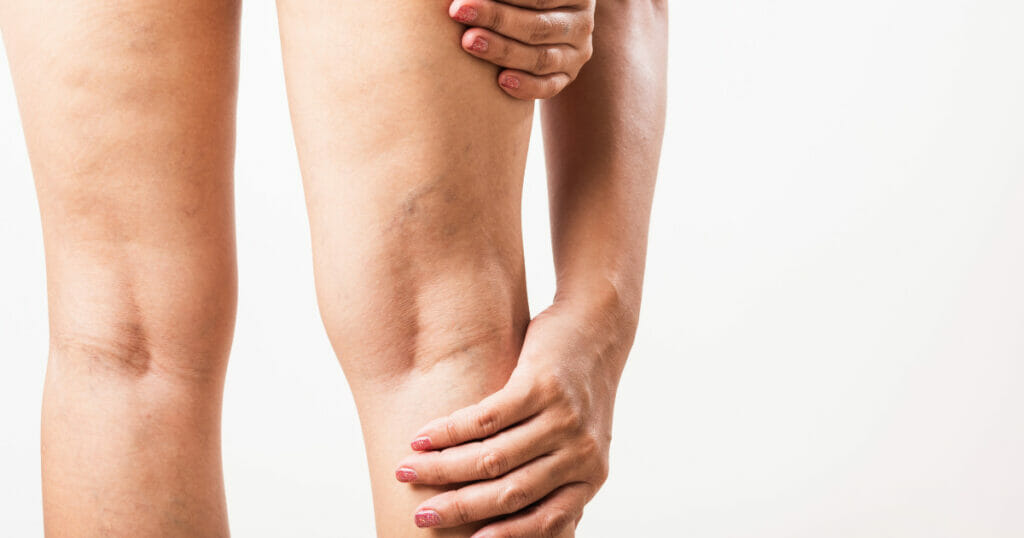
About 20% of adults worldwide experience getting varicose veins and if you’re one of them, then you have surely heard about the sclerotherapy treatment. This procedure is a popular non-surgical treatment for varicose and spider veins.
So, what is sclerotherapy exactly? How does it work?
Whether you’re considering this procedure for cosmetic or medical reasons, our guide will provide you with the information you need to make an informed decision about your spider vein treatment options. Let’s get started!
What Is Sclerotherapy and How Is It Done?
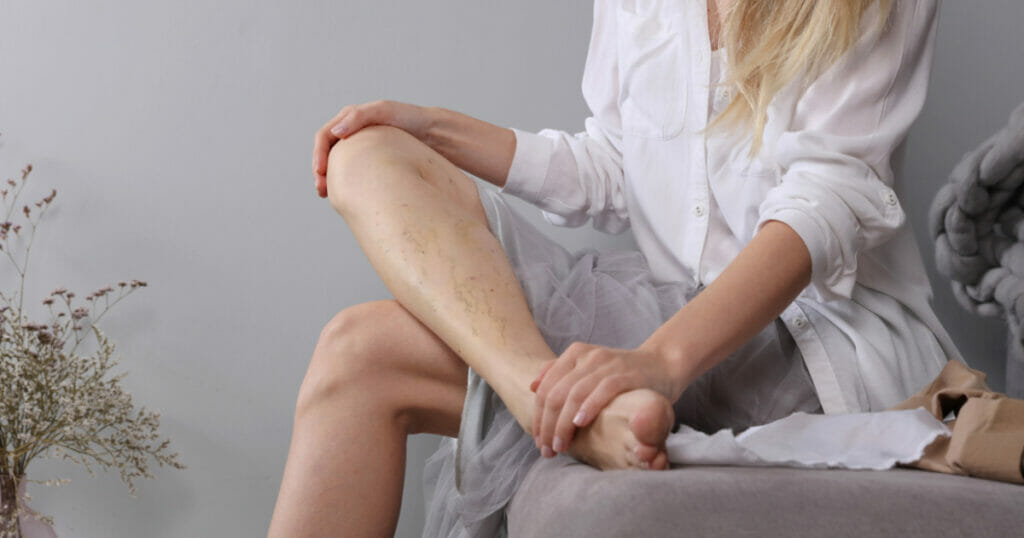
Sclerotherapy is a minimally invasive treatment that is used to lessen the appearance of small varicose veins and spider veins. Spider veins sclerotherapy uses a very fine needle with a sclerosing agent, a liquid or foam solution that shuts blood out of the treated vein and redirects it to a healthier one.
Your spider veins respond to the sclerosing agent immediately because this solution irritates their linings and causes them to collapse.
The procedure typically lasts 30 to 45 minutes depending on the severity of your condition, with multiple veins treated within just one session (50-80% of injected veins may be treated in just one). However, larger varicose veins may require multiple sessions over several weeks to achieve desired results.
Should You Get Sclerotherapy?
Now, let us take a look at the most important question that you might be asking yourself: should you get sclerotherapy?
Sclerotherapy treatment is often considered more of a cosmetic than an actual medical treatment for varicose and spider veins. In reality, larger veins cause pain and discomfort, so people tend to look into other noninvasive treatment options like sclerotherapy.
The procedure is highly recommended for people with mild to moderate varicose or spider veins. It is also recommended for those who have not responded to other conservative treatments, such as compression stockings or lifestyle changes like exercise and weight loss.
However, this treatment option is not for everyone. Your doctor will evaluate your case to see if this is the appropriate treatment option for you.
Some factors that may make you a less suitable candidate for sclerotherapy include:
- Pregnancy: Sclerotherapy is generally not recommended for pregnant women, as the hormonal changes and increased blood volume associated with pregnancy can increase the risk of complications.
- Blood clots: People with a history of blood clot may be at increased risk of complications from sclerotherapy.
- Allergies or sensitivities: Some people may have an allergic reaction to the sclerosing solution used in the procedure.
- Skin infections: People with skin infections or injuries may not be good candidates for sclerotherapy.
[Related: Vein Specialist Explains: How to Get Rid of Varicose Veins Effectively]
What to Before, During, and After Procedure
Here are the important things that you should know about your sclerotherapy treatment for varicose veins:
Before the Procedure
You will first have a consultation with a qualified healthcare provider to discuss important details about your medical history like the following:
- Allergies
- Recent medical illnesses (i.e. heart disease or blood clots)
- Medications and supplements that you take
Note: Your doctor may advise you to stop taking certain medications like aspirin, ibuprofen, blood thinners, iron and herbal supplements, and naproxen sodium since these medications may increase the risk of bleeding.
If necessary, your healthcare provider may also request an ultrasound test on your leg veins, especially if they are causing pain and discomfort in the surrounding tissues.
How to Prepare Yourself
- Make sure to follow your doctor’s recommendations regarding medications.
- Tell your doctor about all the recent illnesses you had.
- Do not put any lotion on your legs.
- Plan to have someone accompany you and drive you home after the treatment.
- Bring a pair of shorts to wear after the treatment.
- Bring your compression stockings or support stockings if you have had previous treatments.
During the Procedure
Once the injection sites are cleaned, your doctor will ask you to lie either on your back or your stomach, depending on the location of the treatment area. The provider will inject a special solution, called a sclerosant or sclerosing agent, directly into the affected veins.
You may feel a mild burning sensation or cramping during the injection. After the injection, the provider may apply compression stockings or bandages to the treated area to help reduce swelling and encourage healing.
After the Procedure
After the treatment session, your doctor will advise you to keep lying down for 15 minutes to check for any adverse reactions.
You will typically be able to go home on the same day as the procedure. However, driving after the session may be prohibited, depending on your body’s condition.
Returning to your daily routine is usually allowed, however, your doctor may suggest limiting strenuous activity or prolonged standing for several days post-procedure.
Mild side effects like bruising, swelling, or itching are temporary and should subside without needing medication to alleviate them.
Sclerotherapy Aftercare
After getting sclerotherapy, it’s important to follow some do’s and don’ts to ensure proper healing and minimize the risk of complications. Here are some general guidelines:
Do’s:
- Wear compression stockings as recommended by your healthcare provider. Compression stockings can help to support the veins, reduce swelling, and prevent blood clots.
- Walk or engage in light physical activity as recommended by your healthcare provider. Gentle exercise can improve blood flow and prevent blood clots.
- Keep the treated area clean and dry.
- Stay hydrated by drinking plenty of water.
- Take over-the-counter pain relievers prescribed by your healthcare provider if you experience any pain or discomfort.
Don’ts:
- Avoid strenuous physical activities for a few days after the procedure to prevent any risk of bleeding and bruising on the injection site.
- Do not expose the treated veins to direct sunlight and avoid tanning for a few weeks after the procedure. Sun exposure can increase the risk of hyperpigmentation and scarring.
- Do not scratch or pick the injection sites. Doing this may slow down the healing process and increase the risk of an infection
- Do not take hot baths or saunas for a few days after the procedure to avoid the risk of bleeding or bruising.
- Do not smoke or use nicotine products as they can impede healing and increase the risk of complications.
How Long Does Sclerotherapy Last?
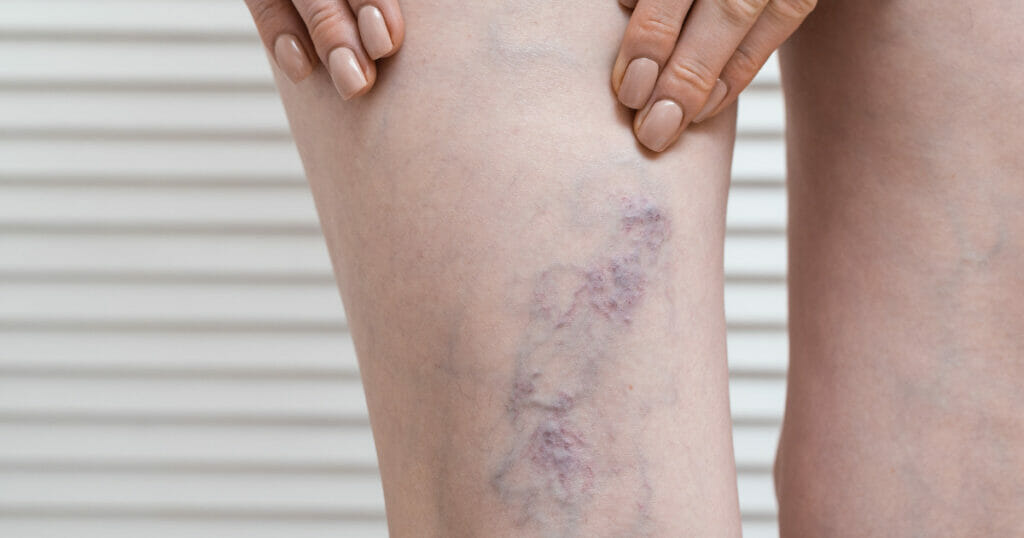
The duration of the effects of sclerotherapy can vary depending on the size and severity of the treated vein, as well as the individual patient’s response to the treatment.
According to the American Society of Plastic Surgeons, the results of sclerotherapy can last for several years, but new veins may develop over time.
It’s crucial to maintain a healthy lifestyle and follow your doctor’s recommendations to reduce the risk of new veins developing. Wearing compression stockings can also help improve blood flow and maintain the results of sclerotherapy.
Is Sclerotherapy Painful?
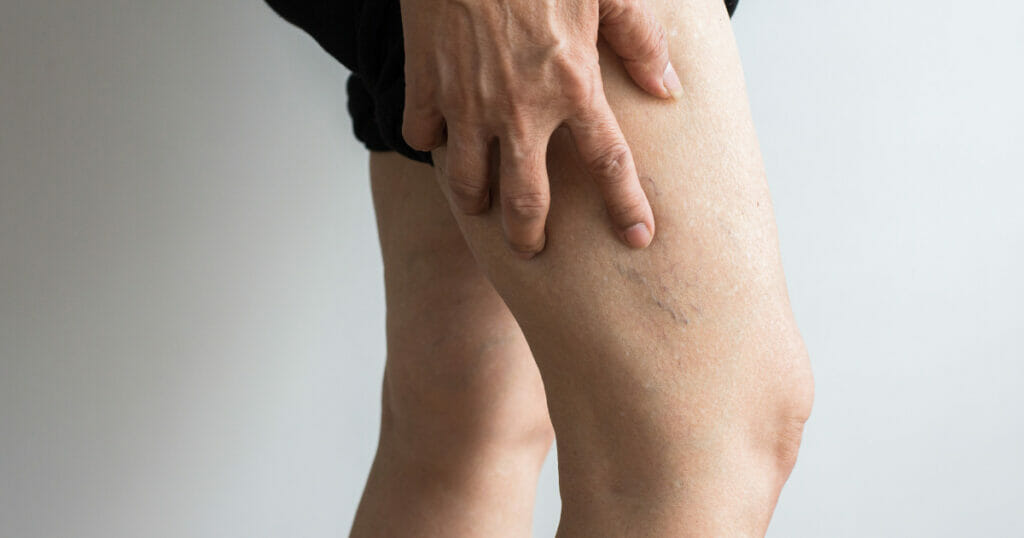
A lot of patients reported that they had little to no discomfort during the entire procedure. However, you may feel a burning sensation in the treated areas during the procedure. Additionally, the amount of pain or discomfort that you may feel would depend on the following factors:
- Size and location of the veins treated
- Type of sclerosant used
- Your pain tolerance
You can always talk to your doctor regarding your pain and how you are feeling during the injection procedure. They can use a local anesthetic or a numbing spray to help lessen the pain and keep you comfortable.
What Are the Risks of Sclerotherapy?
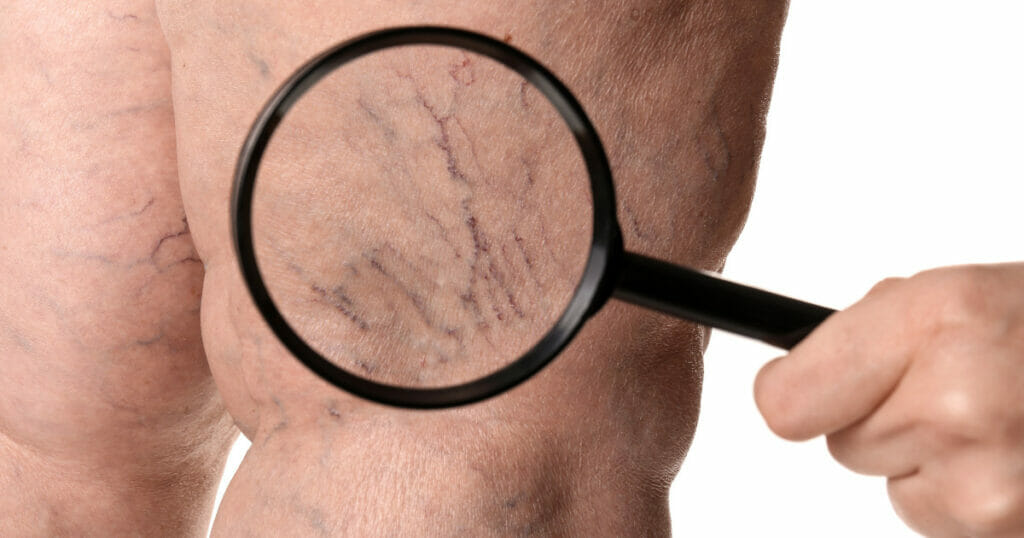
While sclerotherapy is generally safe, it’s possible to experience side effects and risks like the following:
- Pain and discomfort on the injected site
- Swelling of the treated area
- Redness and brown lines on the treated area
- Formation of small blood clots in the treated veins
- Bruising
- Development of new spider or varicose veins
In rare cases, sclerotherapy can cause more serious complications, such as blood clots or skin ulceration. If you experience any adverse allergic reaction, make sure to call your doctor asap.
Ready for a Sclerotherapy Treatment?
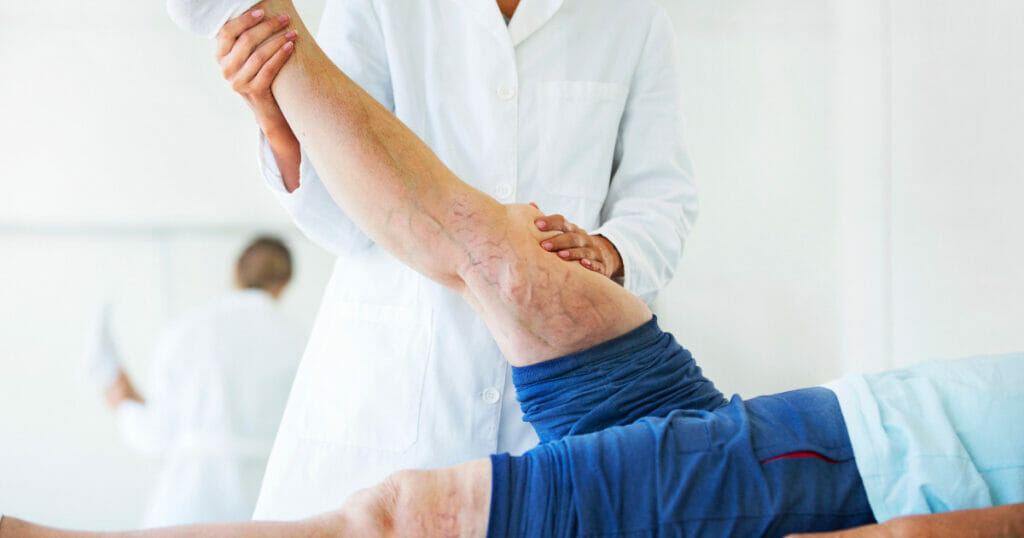
To get rid of varicose and spider veins, sclerotherapy can be your best option. You may immediately see the results on small varicose veins but expect to wait up to two months for larger veins.
A licensed vascular specialist is the best professional to talk to regarding this treatment and your case. Our doctors at Vascular & Interventional Specialists of Prescott are always ready to serve you!
If you’re located in Prescott, Arizona, this medical procedure could be the best choice for you. Contact us to schedule an appointment and see what we can do to help you!
Vascular & Interventional Specialists of Prescott was formed in 2010 by a group of subspecialty radiologists that perform numerous minimally-invasive, low-risk procedures using the tools of our trade for guidance—x-ray, ultrasound, CT scan, and MRI. The team’s goal is to educate patients and medical communities, while also providing safe and compassionate health care, with rapid recovery times and low risk of complications.
